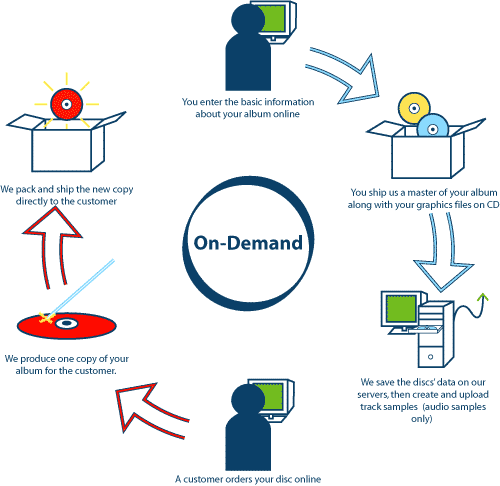On-demand manufacturing, also called as cloud manufacturing, is a new system of manufacturing that makes it possible for the vendors to provide support to produce goods starting from the assembly of a single prototype to final product delivery to the customer. This is achieved using a cloud-based software platform that makes it easy for developers to get instant quotes, track inventory and manage projects from any browser at any time. Earlier systems were all about mass production and storage of products with standard specifications. As both mass production and mass storage are expensive, wealthy companies have always held an upper hand in traditional way of manufacturing.

However, this is about to change with the introduction of on-demand manufacturing. With the use of latest technology like 3D printing, it has now become possible to manufacture smaller quantities of materials cheaply. The era of huge minimum order quantities has gone by, also, the era of lead times is also about to change. On-demand manufacturing works when the systems of the vendor and the buyer are interconnected, and the system works only if orders can be rapidly placed.
Hence, the need for economies of scale and standardization has been negated. With the changing time, it is believed that giant warehouses and factories will soon be a thing of the past as on-demand manufacturing has many advantages. Some of these advantages have been listed below.
Advantages of On-Demand Manufacturing
- Level Playing Field: The on-demand manufacturing system provides a level playing field to big companies as well as the smaller ones, as there is no need to mass produce products as the per unit prices does not fall significantly. The result is that a few small companies cannot really dominate the market. More competition means more innovation and the result is that customers can be provided with products which are innovative as well as lower-priced.
- Testing the Markets: On-demand manufacturing works well for companies such as apparel and retail where customer tastes and preferences are rapidly shifting. As per the traditional model, these companies require anywhere between six to nine months to take a product to market. Therefore, they have no choice but to estimate demand based on certain assumptions. If the estimate proves to be wrong, manufacturers end up with excess stock which lies unsold in their storage. With on-demand manufacturing, the lead time can be reduced to less than a month. This will allow companies to send small lots to the market. Based on the sales of these lots, companies can decide whether they want to produce more and if so in how much quantity. Since mass manufacturing is not necessary, products can be repeatedly produced as and when required to meet the needs of the consumers.
- Environment-Friendly: It needs to be understood that mass producing goods is also damaging to the environment. This is because when goods are mass produced more resources are consumed. Sometimes these goods are not even consumed, this means that the resources were not even utilized but wasted. On-demand manufacturing ensures that natural resources are utilized only when there is a genuine need from the customers. Therefore, on-demand manufacturing is way more environment-friendly than any other modes of production.
- No Credit Risk: There is also a huge financial benefit for not mass-producing goods, as it creates a situation wherein the sales have to be pushed. Since sales are being pushed on to subsequent levels of the supply chain, credit sales must be made. Due to this, many companies find their money locked away in accounts receivables. More accounts receivables means that there are higher chances of bad debts. On-demand manufacturing changes all this. There is no need for credit sales. Instead, in most of the cases customers pay upfront. Hence, the need for working capital is eliminated.
- No Need for Markdowns: The modern industry has become used to markdowns and end of season sales. Such markdowns can only happen when mass-produced goods lie unsold until the end of the season. As on-demand manufacturing replaces mass production, it will also lead to the end of markdowns. These markdowns tend to damage the brand image of the seller, this becomes the reason that many customers do not buy products waiting for the prices to be lowered during markdown. As on-demand manufacturing becomes more prevalent, the era of the end of season sales might disappear.
The concluding line is that on-demand manufacturing is better from environmental, financial and from an operational point of view. It is only a matter of time before it becomes the most relevant way of manufacturing across the world.
Penned By:

Ms. MANYA VERMA
Club Kaizen



Leave a comment